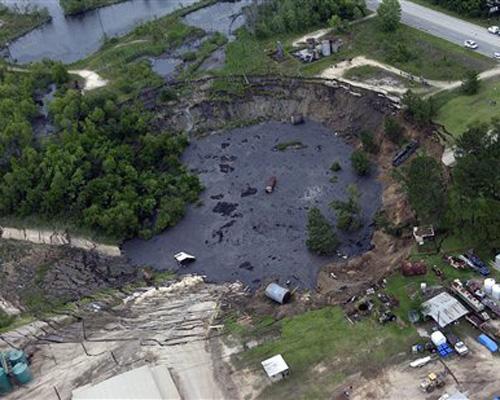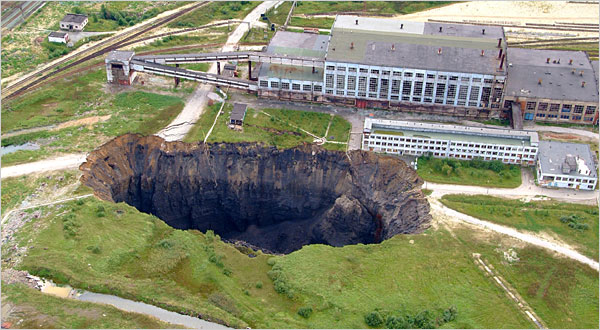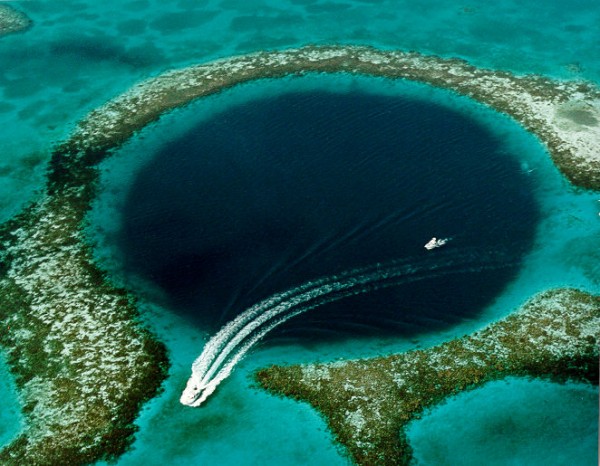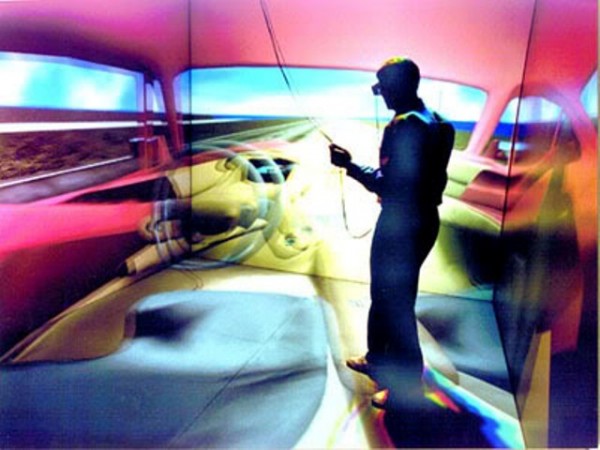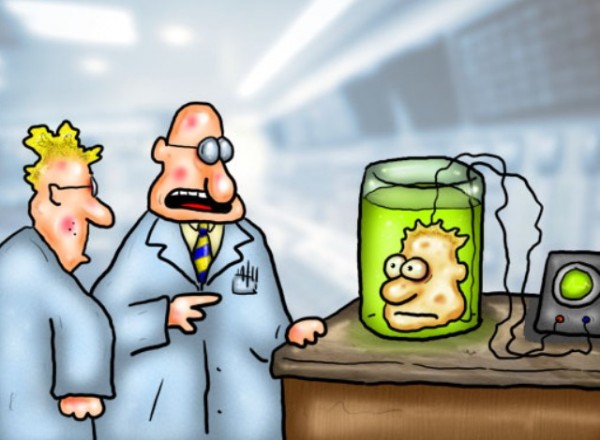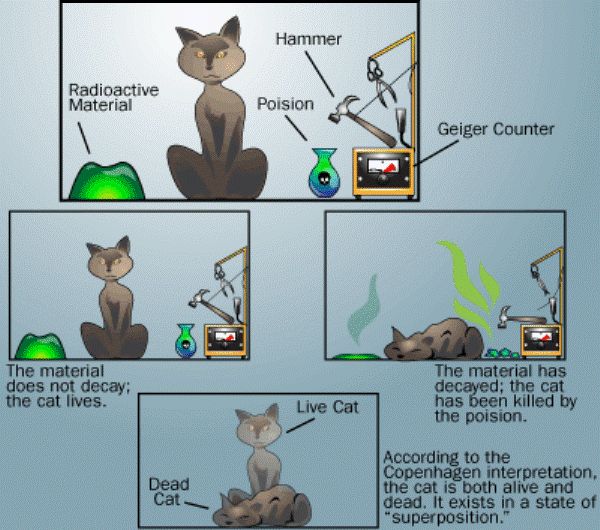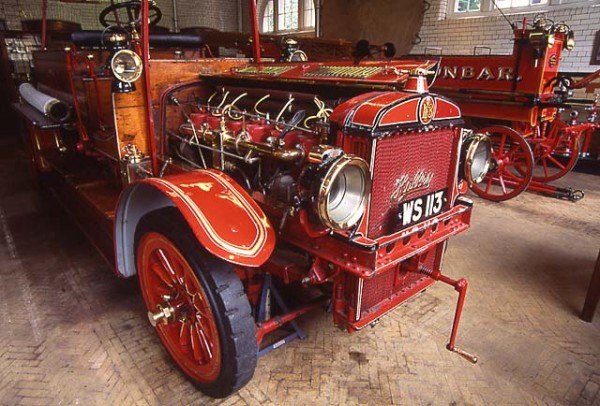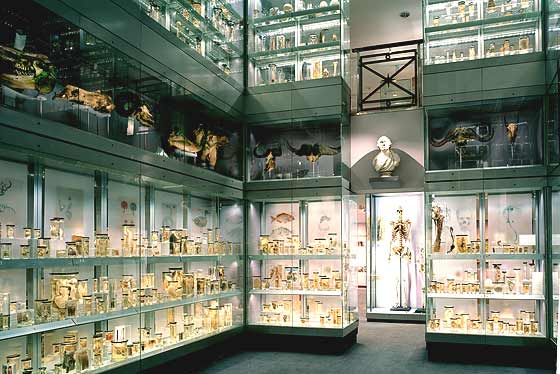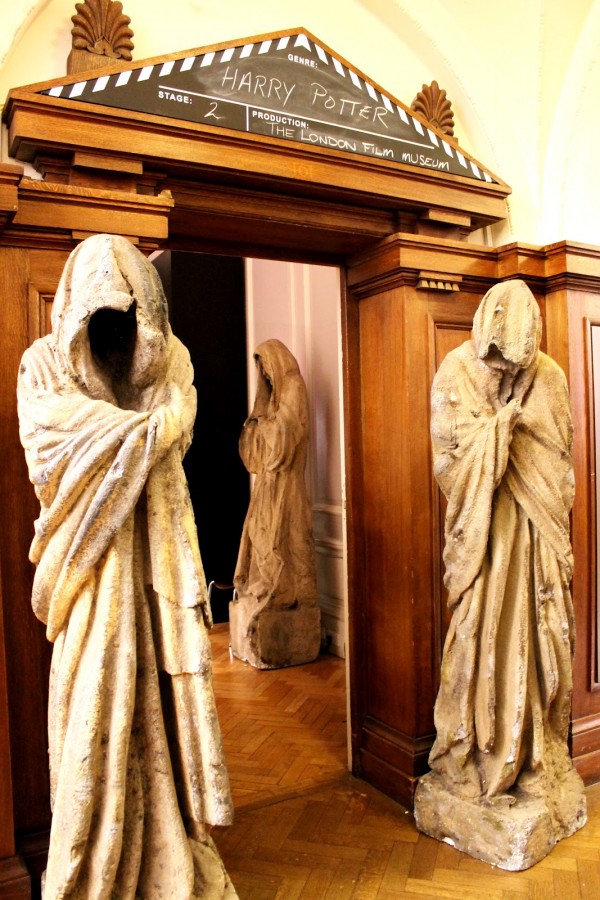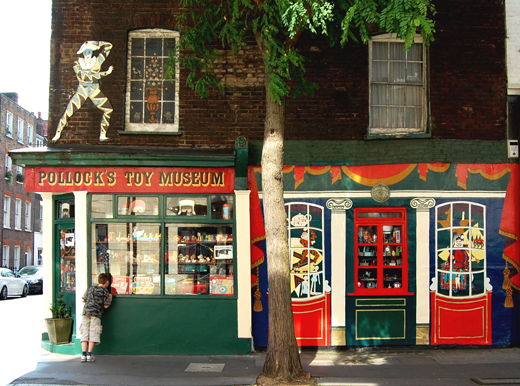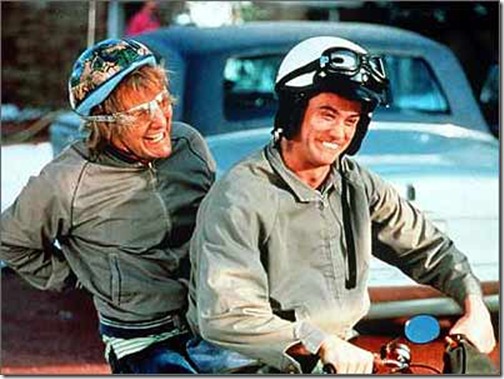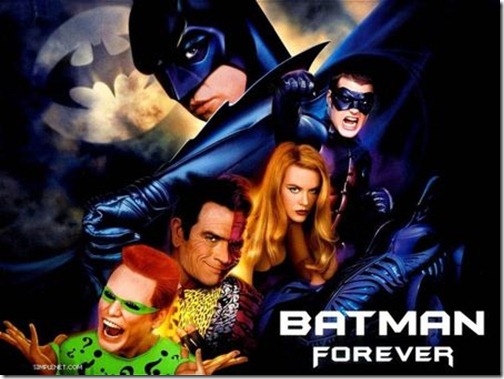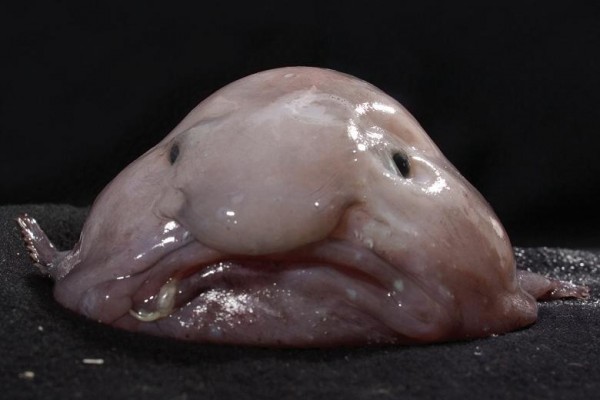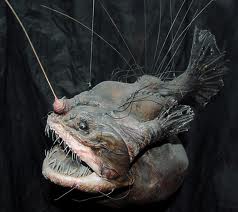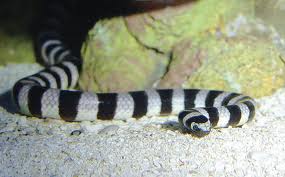Geology is an unpredictable master, isn’t it? One minute you’re lying in bed, the next your bed is disappearing into a sinkhole. That’s what tragically happened to Florida man Jeremy Bush on March 1 as a sinkhole opened under his house and his bedroom collapsed into it. You might think this is a relatively rare phenomenon, but in Florida it’s so common, that you have to get insurance against for your home. Ironically, Mr Bush’s home had just been checked for potential sinkhole damage just two weeks before, but no signs were spotted.
As well as being very dangerous, sinkholes are also a very dramatic geological feature. Where they occur in the wild, they can even be beautiful. Either way, it is a fascinating phenomenon, so we present our Top 10 Most Interesting Sinkholes
10. Cave of Swallows, Mexico
This amazing, cave-like hole has been known to locals since the dawn of history, but was only explored by outsiders in 1966. Caused by water erosion along a fault line, it is the largest known cave shaft in the world and at 370m deep, it could fit the Chrysler Building into it. It’s a popular spot for extreme sports fans – you can abseil down it in 20 minutes, or jump with a parachute in 10 seconds. Only problem is, it takes an hour of hard, vertical climbing to get back out. So not one for amateurs!
A milder tourist activity is watching the birds that the cave is named for. Every morning, they fly out in circles until they reach the opening, and in the evening they glide back in in a kind of free-fall. It’s a beautiful spectacle and less dangerous than hurling yourself off the edge!
9. Red Lake Croatia
Another beautiful natural structure now, with this water-filled sinkhole near the city of Imotski, Croatia. Named “The Red Lake” because iron oxide has colored the surrounding cliffs a red-brown color, it is 530m deep and is the 3rd largest in the world.
It’s also home to a rare species of fish known as Delminichthys adspersus. This fish has occasionally been found in neighboring lakes and streams, suggesting that there is some kind of underwater passage between this lake and others.
8. Xiaozhai Tiankeng, China
One of the deepest sinkholes in the world, at 662m with near-vertical walls, Xiaozhai tiankeng was formed when the carbonate rock was eroded by rain and washed away, leaving a huge chasm in its place. “Tiankeng” is a word in Chinese that refers to an especially large sinkhole, and can mean “heavenly pit” or “sky hole”.
It’s a pretty amazing tourist attraction, and almost untouched. Worth a visit for keen geologists!
7. Macungie Sinkhole, Pennsylvania
Pennsylvania was recently named one of 7 states most at risk of sinkholes. And the 1986 appearance of this sinkhole in the village of Macungie is a good example of why Pennsyvanians should be very worried about that.
At lunchtime on June 23, a section of road just collapsed, leaving a gaping hole 87 feet across and 41 feet deep. Luckily, no-one was driving on that stretch of road at the time and so no-one was hurt. Had it happened a few meters away, near the houses, it would have been disastrous. As it was, it caused huge amounts of damage to the sewage and water systems, and the repairs cost $450,000. Research after the event threw up photos from the 1940s and 50s that showed sinkhole-like ponds in the area, so it was concluded that the local geology lent itself to forming sinkholes. Bet the home insurance is pretty expensive in Pennsylvania now too!
6. Bimmah, Oman
After an inconvenient, messy sinkhole like the Pennsylvanian one, it’s nice to know that sinkholes can still be things of beauty. This one, dubbed ” World’s most stunning sinkhole” by a British newspaper is in Oman and measures 40m wide. Tourists flock to see it and take a swim in it, aided by steps cut into the rock. Apparently, it also contains tiny fish that will nibble swimmers’ toes, in a similar way to a fish pedicure. A foot-nibbled outdoor swim in a sinkhole? It would certainly be a memorable one!
5. Daisetta, Texas
From the sublime tourist attraction, to the sinkhole that just can’t quit….this hole opened up in Daisetta, Texas, on May 7 2008 as a 20ft hole. But it was a hungry one, and kept growing and growing, swallowing everything that got in its way. By the next day, it was 600ft across and 260ft deep.
Daisetta is an oil town, and geologists speculate that it was a by-product of oil production that caused the hole. Oil production causes a saltwater residue, and as Daisetta sits on a salt dome, storing the water caused the ground to collapse. This happened not just in 2008, but also in 1981 and 1969 (the 1981 one grew out of the 1969 one), so future production permits will probably be granted a bit more cautiously, otherwise the whole town may disappear…
4. Bereniki, Russia
This is another sinkhole that doesn’t know when to stop. It first appeared in 1986, but is still growing and is now more than 200m deep. Again, it’s a natural phenomenon, but a man-made cause, in this case mining.
The small town of Berezniki began as a labor camp, situated directly above the mine that the workers were working on. It is now extremely prone to sinkholes and cracks appearing, and local residents are worried that the town might vanish into the many holes in the area. The problem is that mining weakens the natural structure of the Earth, and then a small flood would cause it to collapse entirely. And that’s what’s happened in Berezniki. There is now a command center that monitors the town 24 hours a day in case of sinkhole emergencies. While they have successfully predicted all the ones so far, the chasms can open at an alarming speed.
The recent problems have been traced to October 2006, when a spring flowed into a mine supported by pillars of salt. You can see why that might be a problem – the pillars dissolved, and the whole structure collapsed. And it keeps happening around Berezniki.The buildings are cracked and the residents are leaving in droves – 12,000 people left within 5 years. At that rate, the town of 154,000 will be empty in 65 years.
3. Guatemala City, Guatemala
Another man-meets-nature disaster. And this was not in the middle of the countryside or on a quiet crossroads, this was in the middle of the city and in one of the poorest quarters of the city. Guatemala City is largely built on uncemented volcanic ash and limestone, and when a sewer ran across this base, it eroded it to the point of collapse. The hole that opened up was 100m and sadly 5 people were killed. 1000 people were evacuated from the areas as well.
Sinkholes hit the city again in 2010, when an 18m by 60m hole opened up 2km away from the 2007 site, this time taking a house and a 3-story building with it. Geologists have again blamed this on the mix of sewers and soft rock and recommended that the Guatemalan authorities look into restoring the sewage system as a matter of urgency.
2. Great Blue Hole, Belize
Meanwhile, here’s another one that’s a beautiful natural phenomenon, rather than a disastrous mess. This underwater sinkhole is actually a limestone cave that was formed in the last Ice Age and can be seen above the water due to the sharp change in the water color around the hole. It is 1000ft across and 400 ft deep and is part of the bigger Lighthouse Reef, 70km from the shore.
The Great Blue Hole was made famous by Jacques Costeau, when he named it as one of the top scuba diving sites in the world. He also measured the hole from his ship, the Caylpso, and brought back stalactite samples in 1971. He and others have also observed the wildlife of the hole – reef sharks and hammerhead sharks. The hole was christened “The Most Amazing Place on Earth” by the Discovery Channel in 2012.
1. The Qattari Depression, Egypt
Now this is a sinkhole on another scale. Measuring 50 miles by 75 miles, it is unimaginably big and almost entirely filled with sludgy quicksand. It is currently part of the Qattara Depression Project, a long-term plan to flood the area and provide hydroelectric power from it. The ambitious project involves channeling through from the Mediterranean and would eventually result in a salt plain, once all the water had evaporated.
Although the plan is ambitious, it is not new. Back in 1957, the CIA proposed flooding the Depression as a means of achieving peace in the Middle East. Among other objectives, they speculated that it would get the Egyptian President’s “mind on other matters” and that he needed “some way to get off the Soviet Hook”. For whatever reason, that never got approved and the sinkhole remains as it was created by nature. But should the hydroelectricity project work, it may look very different in the future.





